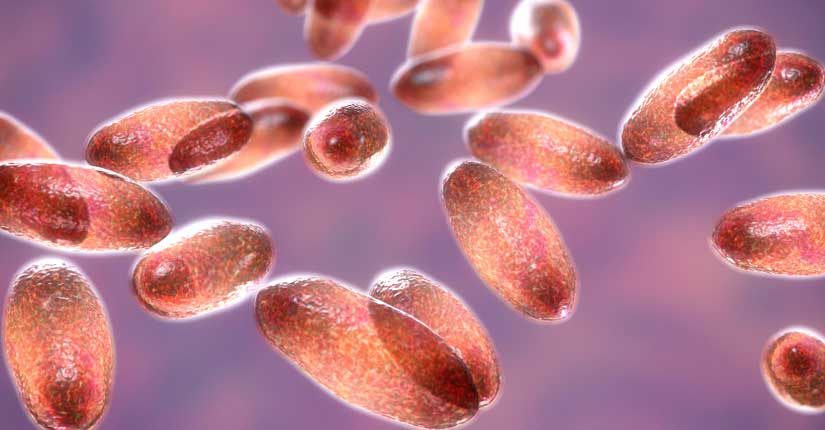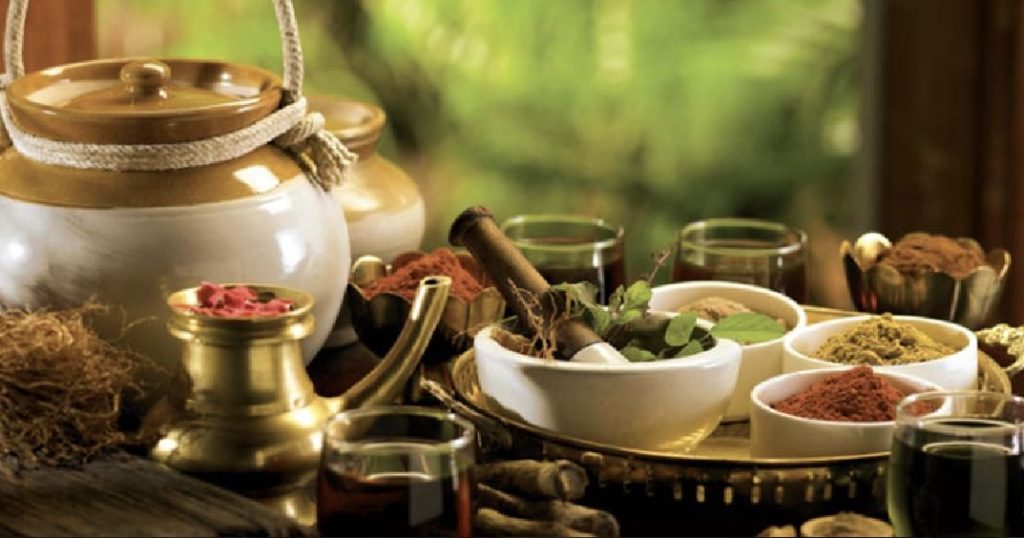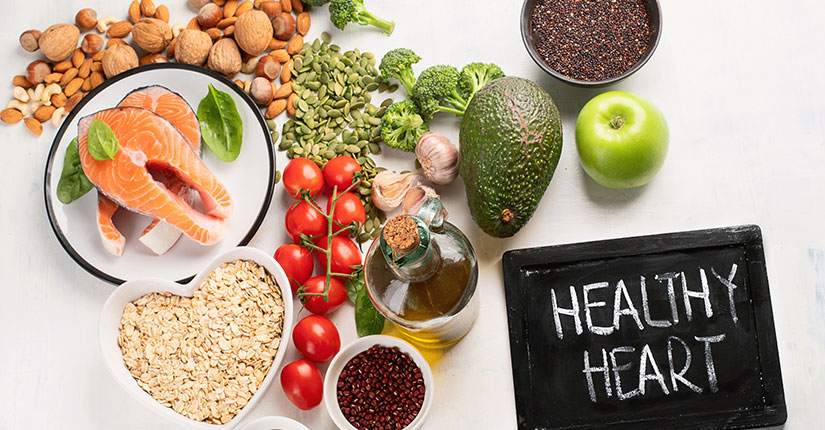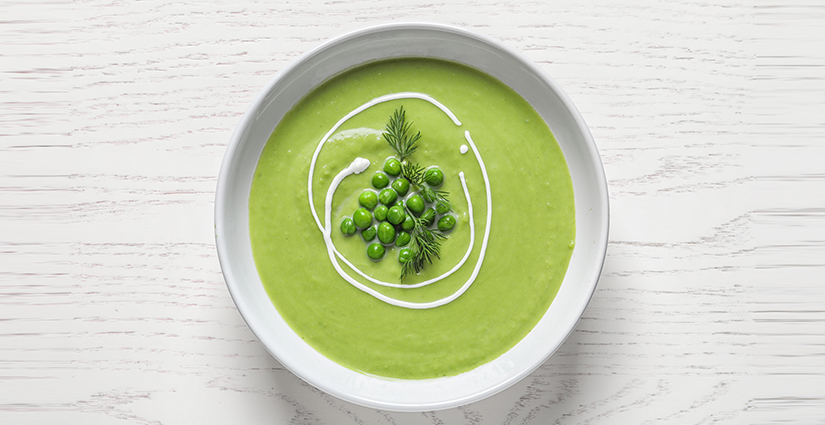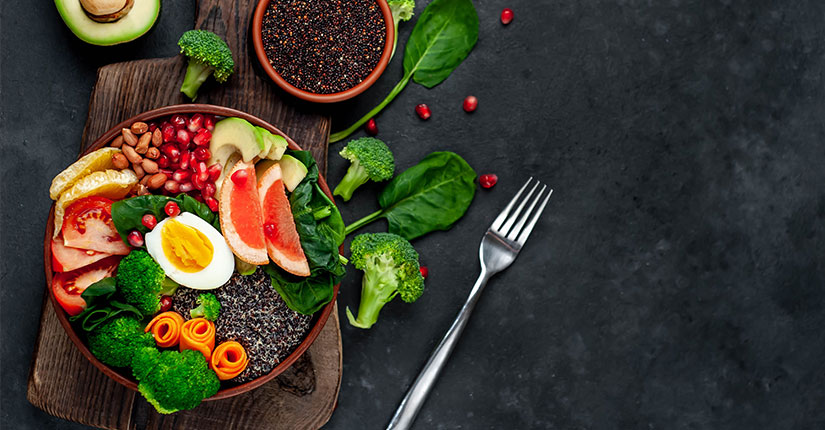Make way for Turmeric for its Anti-Cancer Effects
By Nmami Life Editorial 03-Sep 2021 Reading Time: 5 Mins
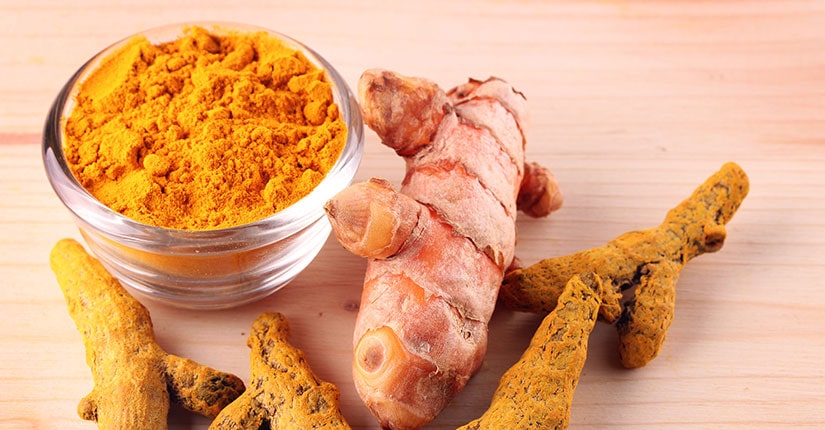
As breast cancer awareness month is already going on, we bring you another piece of article highlighting the importance of turmeric in cancer treatment.
Turmeric root, Curcuma longa, also known as ‘The Golden Spice’ in India, has been used for thousands of years in Ayurvedic traditions as well as an essential ingredient in so many delicious curries. Turmeric is a member of the ginger family (Zingiberaceae), although indigenous to India, it is also cultivated in Srilanka, Indonesia, Bangladesh, Burma, and Pakistan.
Like all the other spices, turmeric is a mix of chemical compounds, but its bright yellow color is due to the presence of a particular antioxidant compound: curcumin. Curcumin is the main active ingredient in turmeric. It is purported to have multiple health-promoting effects, such as relieving inflammation, pain, and symptoms of metabolic syndrome. There are also claims that curcumin has anti-cancer properties.
Anticancer Effects
- Turmeric is promoted as a complimentary cancer managing agent. Evidence from studies indicate that curcumin, a substance in turmeric, can kill cancer cells in certain cancers like colorectal cancers, breast cancers and bone cancer. Studies have shown that it can reduce angiogenesis (growth of new blood vessels in tumors) and metastasis (spread of cancer).
- In particular, curcumin exhibits potent inhibitory effects on breast cancer, the most prevalent type of cancer among women worldwide. Curcumin inhibits the proliferation of breast cancer stem cells (BCSC), an important factor that influences cancer recurrence.
- Research indicates that a dose of 500–2,000 mg per day may be effective to avail health benefits. The World Health Organization (WHO) has determined 0–3 mg/kg of body weight an acceptable daily intake. However, high doses are not recommended long-term.
Easy ways to include turmeric to your diet
- Turmeric tea: Add ¼ teaspoon of organic ground turmeric or freshly grated turmeric to a cup of boiling water. Jaggery powder or fresh lemon juice can also be added for flavor.
- Mix up a curry powder: A basic curry powder can be made using ground coriander, ground cumin, ground turmeric, and cayenne pepper. Cayenne can be replaced with paprika instead if you don’t want it spicy. This powder can be stored in a glass container in your kitchen for 6 months.
- Juice it: Fresh turmeric can also be added to fresh green vegetable juice.1 teaspoon of turmeric powder should be added per serving.
- Season roasted veggies: Vegetables like fresh kale, broccoli, cauliflower or Brussels sprouts can be tossed with olive oil and ground turmeric, along with any other seasonings of your choice.
Tips to boost turmeric absorption in the body
- The piperine found in black pepper enhances curcumin absorption, making it more readily available to be used by your body.
- Another way to increase the absorption of curcumin is to consume it in the whole food, like turmeric root (fresh or dried as a powder) because this preserves the natural oils found in turmeric root and turmeric powder thereby enhancing the bioavailability of curcumin seven to eightfold.
- When eaten with fat, curcumin can be directly absorbed into the bloodstream through the lymphatic system thereby in part bypassing the liver. Hence, consuming turmeric with fats increases its bioavailability.
Footnote
Always consult a nutritionist for better advice on turmeric dosage and its possible drug nutrient interactions since high doses are not recommended.
Further research on the effects of turmeric supplementation on human health is still going on. Stay tuned for more such interesting updates.
